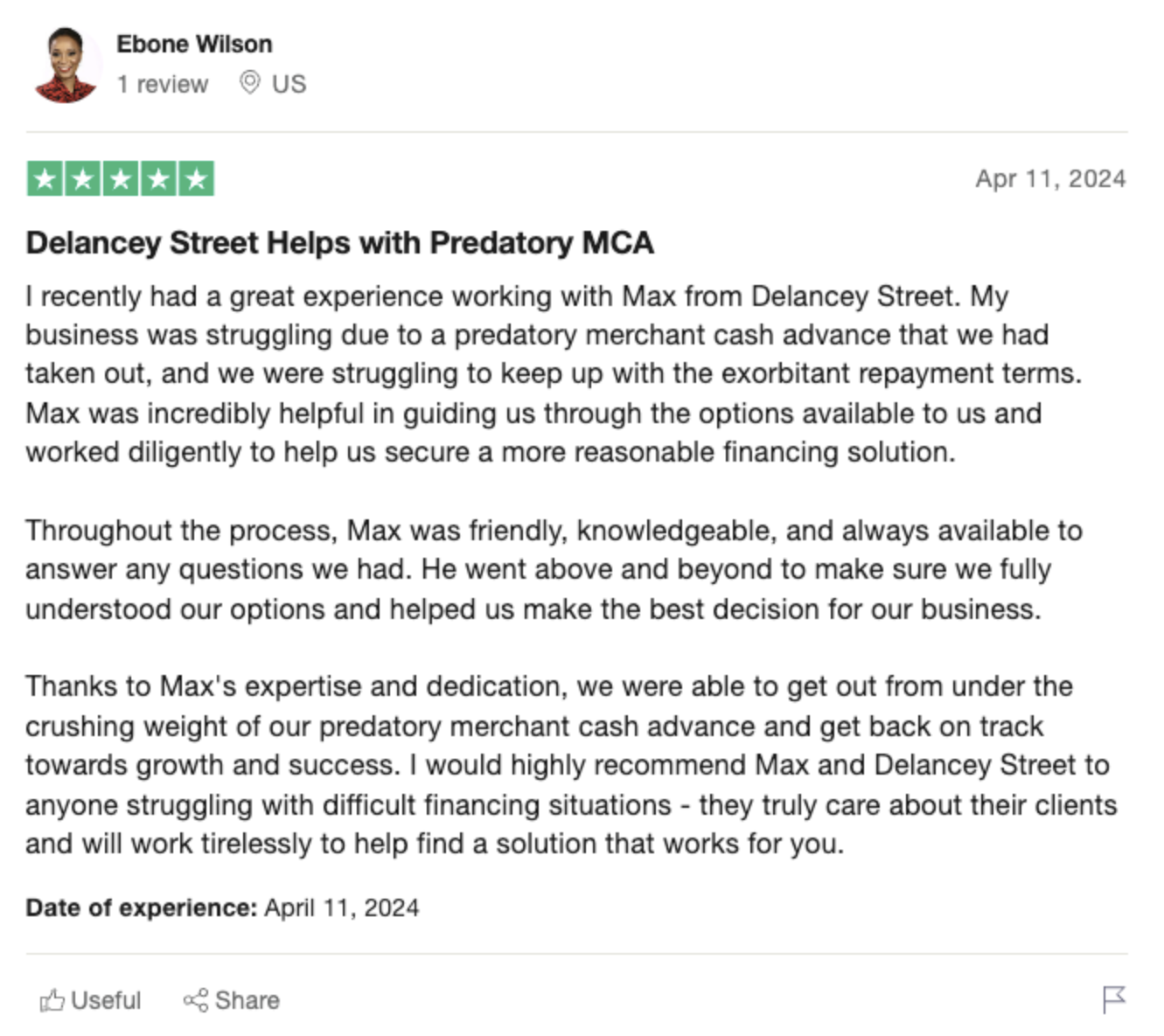Options for Businesses Struggling with COVID Debt
The COVID-19 pandemic has placed enormous financial strain on many businesses. With revenue declines, mandated closures, and ongoing uncertainty, companies large and small have been forced to take on significant debt just to stay afloat. As the pandemic stretches on, paying down this debt has become a major challenge. If your business is struggling under the weight of pandemic loans and other COVID-related debt, you have options. This article explores strategies that may help.
Seek Loan Forgiveness
If your business took out a Paycheck Protection Program (PPP) loan, explore the forgiveness options. The government designed these loans to be largely forgivable for employers who maintained payroll during the pandemic. Work with your lender to submit the required documentation showing your qualifying expenses. Full forgiveness could eliminate this debt burden entirely.
 -
-Even if your PPP loan cannot be fully forgiven, partial forgiveness may still be possible. It’s worth applying. According to NerdWallet, “Roughly 90% of the value of all PPP loans has already been forgiven.”
[1]
Restructure and Consolidate
If loan forgiveness is not an option, refinancing or consolidating debts may help. These moves can secure a lower interest rate, reducing monthly payments to more manageable levels.
Consolidating multiple COVID debts into a single loan spreads out the burden as well. This strategy exchanges several monthly payments for just one, simplifying cash flow.
When researching lenders, look for those offering specialized COVID debt relief options. For example, Kabbage launched a COVID loan consolidation program in 2022. Lenders like these understand the unique hardships businesses face right now. Their solutions directly target pandemic-related financial struggles.
 -
-Change Repayment Terms
If refinancing or consolidation are not possible for your business, adjusting repayment terms on existing debts may assist. Contact lenders directly to discuss options like:
- Lower interest rates
- Longer repayment periods
- Interest-only periods
- Deferred payments
Most lenders want to help borrowers, especially amid extraordinary circumstances like a global pandemic. They would prefer renegotiating terms over forcing defaults.
Be proactive in these discussions. Clearly explain your situation and propose solutions that still allow eventual repayment. Back up requests with financial documentation. Lenders will likely work with businesses making good faith efforts and showing viability.
Invite Investors
Equity financing presents another path to managing COVID debts. By selling shares in your business, you can raise funds specifically for repayment.
Post-pandemic, many investors remain hesitant about debt financing. However, they see the long-term growth potential for viable companies emerging from COVID. Your business may attract interest by emphasizing strengths and post-pandemic opportunities.
 -
-Traditional venture capital and angel investors are options here. You may also look into crowdfunding sources like SeedInvest and Republic. These online platforms open up fundraising access for more business owners.
Seek Expert Guidance
Navigating the complexities of COVID business debt can feel overwhelming. When struggling, don’t hesitate to seek help from financial experts. Accountants, business lawyers, and restructuring consultants can all provide guidance on managing debts and improving finances.
Look for professionals with specific experience assisting pandemic-impacted businesses. Organizations like the Turnaround Management Association and the International Association of Restructuring, Insolvency & Bankruptcy Professionals have member directories to aid your search.
 -
-Local Small Business Development Centers (SBDCs) are another excellent free resource. Their advisors bring decades of financial expertise tailored to small business needs. To find your closest SBDC, visit AmericasSBDC.org.
Change Business Plans
Along with debt relief strategies, reassessing your overall business plans could help ease financial burdens. Look for ways to trim costs and improve efficiency. Consider changes to your products, services, staffing levels, or target markets based on evolving post-pandemic conditions.
While pivoting operations takes effort, the payoff for long-term viability may be worth it. Even moderate revenue increases can make debts more manageable as the pandemic subsides.
Staying flexible and adapting to new opportunities prevents you from being stuck solely relying on debt relief options. Continuing to evolve operational and financial strategies in tandem sets your business up for future success.
Know Your Options
This prolonged pandemic has dealt enormous setbacks, but viable businesses can recover over time. While COVID debt repayment presents a formidable challenge, various strategic options exist. Loan forgiveness programs, refinancing/consolidations, equity financing, expert guidance, and adapting business plans all provide possible paths forward.
Thoroughly researching every available debt relief avenue makes the most sense, even if you must try several combinations. Taking informed, proactive steps to tackle debts can put your company back on steadier financial footing for the post-pandemic economic rebound. With a balanced approach, businesses have an opportunity to both manage lingering COVID debts and position themselves to prosper.
Resources
- /r/smallbusiness Thread: Best Lenders for Refinancing COVID Business Loans
- NerdWallet: Paycheck Protection Program Loan Forgiveness
- Kabbage: COVID Loan Consolidation
- FindLaw: Crowdfunding – An Alternative Way to Finance Your Small Business
- Turnaround Management Association
- Americas SBDC: Find Your SBDC







